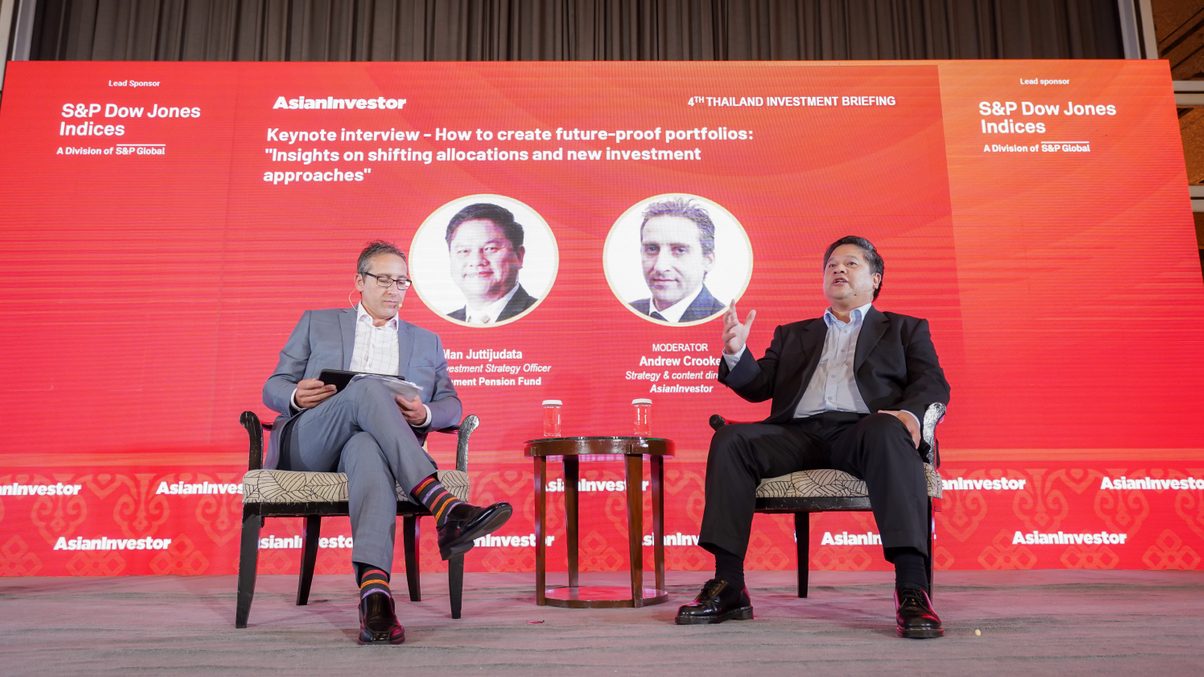Thailand GPF's multi-asset strategy outperforms in uncertain times
The national pension fund is employing a mix of tactical and strategic asset allocations to grow and protect its portfolio amid market uncertainties, according to its chief investment strategy officer.

Among the multitude of factors creating uncertainty for investors across the macro-economic landscape, inflation continues to dominate the headlines, according to Man Juttijudata, chief investment strategy officer of Thailand’s Government Pension Fund (GPF).
Sign In to Your Account
Access Exclusive AsianInvestor Content!
Please sign in to your subscription to unlock full access to our premium AI resources.
Free Registration & 7-Day Trial
Register now to enjoy a 7-day free trial—no registration fees required. Click the link to get started.
Note: This free trial is a one-time offer.
¬ Haymarket Media Limited. All rights reserved.


